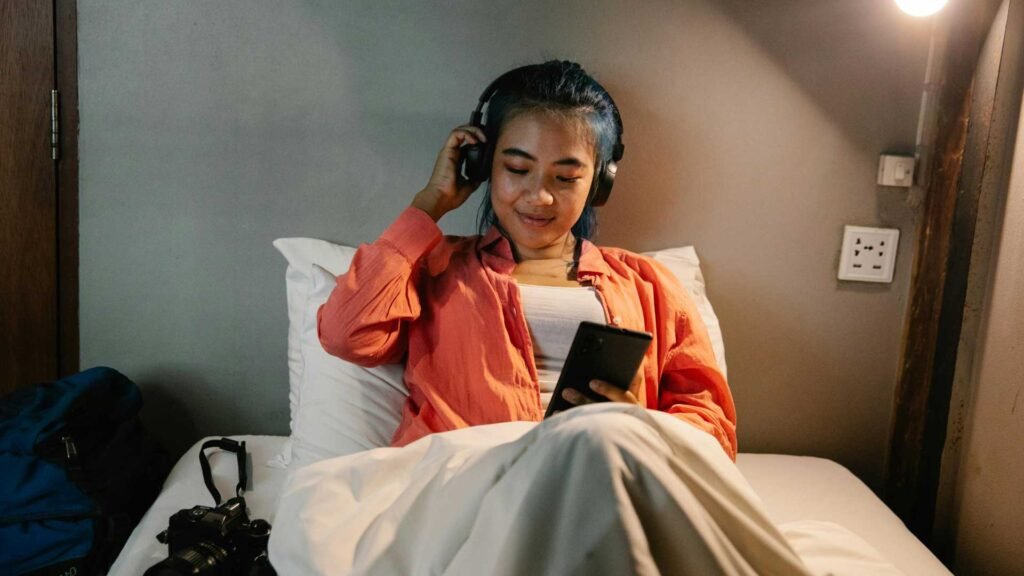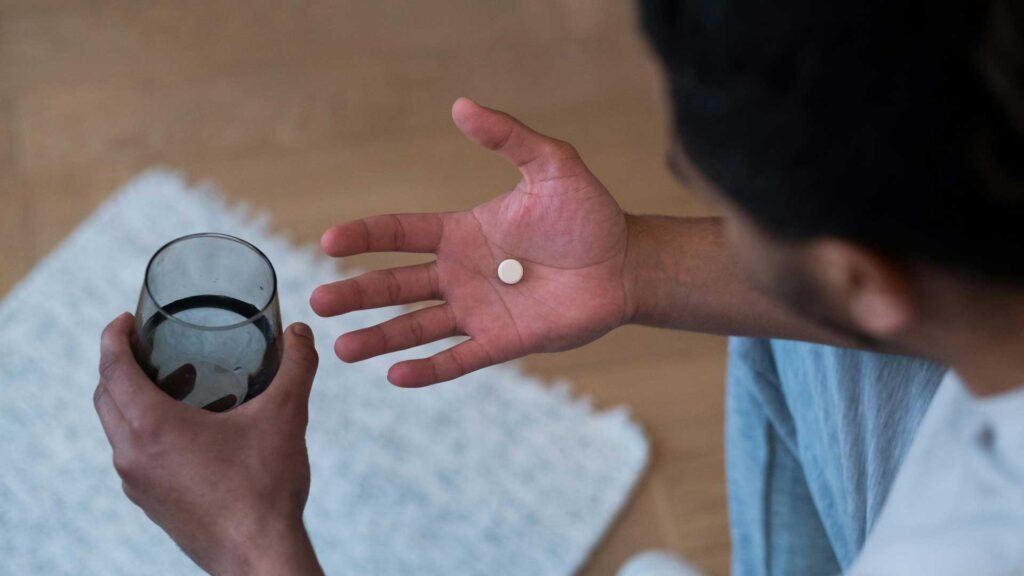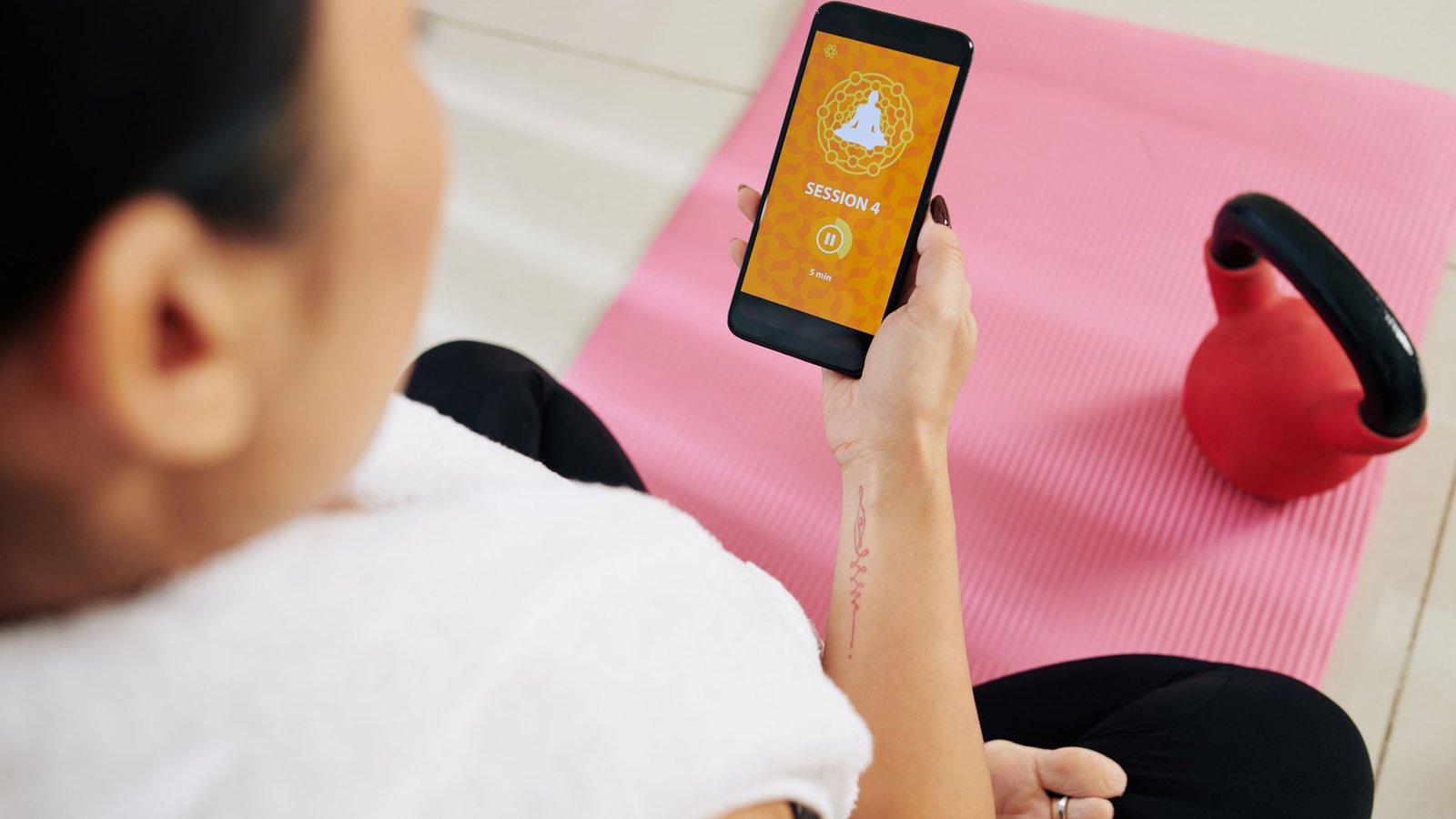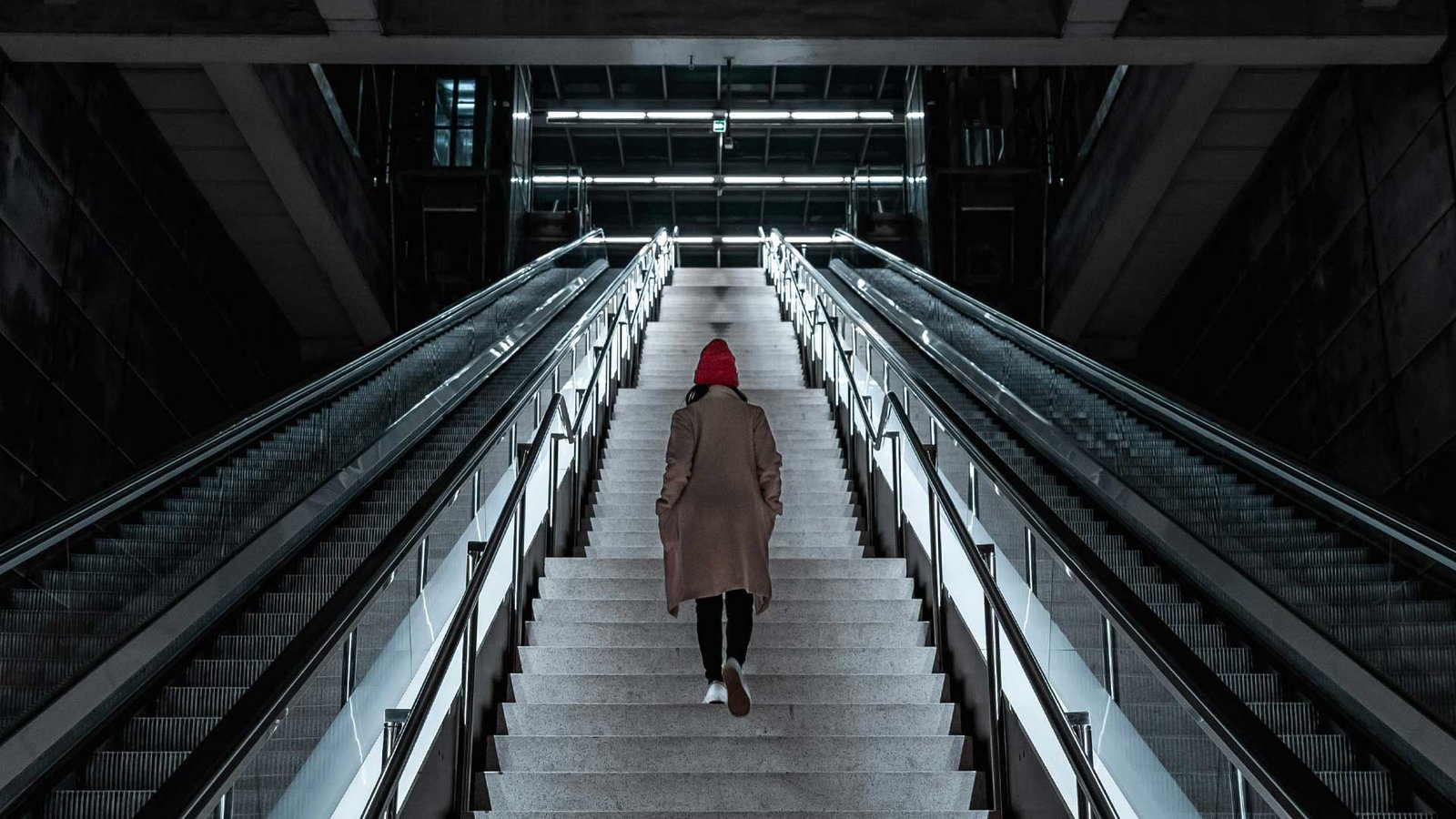Enjoy your fondness for charcuterie and wine now, and you’ll be spared the agony of pounding headaches later. It’s possible that this series of events was no coincidence—or that it was just a regular hangover situation. For many individuals who suffer from migraine, a chronic neurological illness characterized by severe head pain and other symptoms, it is abundantly clear which foods, activities, and environments are responsible for the beginning of their symptoms. The relationship between nutrition, lifestyle, and environmental variables and the beginning of headache discomfort is not always as clear-cut for certain individuals. It may be difficult to pinpoint even common headache causes, according to Matusho Kimazai, M.D., associate professor of clinical neurology and division leader for headaches at the University of Miami Miller School of Medicine in Miami, Florida. “This is due to the fact that triggers may be inconsistent and may not be connected with every assault.” In addition, it is important to note that symptoms are often brought on by a combination of more than one cause. (It’s possible that you’re good with one glass of wine, but when mixed with preserved meats and aged cheeses, you’re in serious danger.) Nonetheless, it is worthwhile to do some detective work in order to determine your primary migraine triggers; although not every attack is caused by these factors, some research has indicated that triggerinduced migraine episodes may be particularly unpleasant. One excellent technique to begin identifying yours is as follows: Keep a headache journal in which you note the specifics of each episode as well as any suspected causes. If you want to keep track of your migraines using a simple notebook and a spreadsheet on your laptop or by printing an internet template, a migraine tracker smartphone app may help. The following are nine potential suspects to bear in mind while determining what events may have precipitated your most recent attack.
Stress
Are you concerned that your anxiety is contributing to your migraine attacks? It’s not all in your brain, believe it or not. According to the American Migraine Foundation, stress is a migraine trigger for around 70% of those who suffer from the condition. When it comes to dealing with this very prevalent trigger, one of the most effective strategies is to prioritize having a good night’s sleep, which will enhance your body’s physiological reaction to stress. Exercise and meditation are other excellent methods of reducing stress in your life.
Changes are made on a regular basis

The phrase “the migraine brain despises change” is often heard. The changing seasons and times of the year, your job schedule, your blood sugar levels, or your sleep routine are all examples of factors that might trigger migraines. Shifts in your routines and surroundings are particularly problematic when they occur suddenly. In addition, Monteith points out that “lack of sleep, or oversleeping, and missing meals are among the most prevalent migraine triggers.”
You have a monthly cycle
Considerably while it comes as no surprise that your period may contribute to standard-issue headaches, as well as a variety of other bodily discomforts, its prevalence as a migraine trigger maybe even more than you know. According to the American Migraine Foundation, a large majority of women—75%— experience migraine episodes in conjunction with their periods as a consequence of fluctuations in estrogen and progesterone levels. Even as you get older, you may still be subjected to this specific triggering circumstance. Monteith explains that although many women are aware that menstruation may trigger migraines, “it is less well recognized that perimenopause can also be a period of more frequent migraine episodes.” Consult your gynecologist or primary care physician if this trigger is a significant factor in your migraine episodes. She may recommend a form of birth control that may balance hormone levels and prevent future migraine attacks.
Factors related to the environment
It is also important to consider what is going on outside the building. Some persons get migraine episodes as a result of changes in the weather, such as the decrease in barometric pressure that occurs before a thunderstorm. Another environmental trigger that Monteith mentions is “strong scents, intense light, and loud noises,” according to the expert. If you observe that going to the movies helps to prevent headaches, it’s possible that a trifecta of triggers is at work.
Caffeine is a trigger

Although red wine has a well-deserved reputation as a migraine trigger, other types of alcohol, including various sources of caffeine, may have the same effect. (However, some individuals have discovered that a small amount of coffee may really help relieve migraine symptoms.) Being dehydrated on a frequent basis, even to a little degree, might cause a migraine to occur. Remember to drink at least eight 8-ounce glasses of water per day as a general rule of thumb.
Triggers in the form of food
When it comes to foods that cause migraines, aged cheeses, processed meats, artificial sweeteners, citrus, and monosodium glutamate are among the most common culprits, according to Monteith (MSG). A place on your mental list of probable migraine triggers should also include foods that have strong aromas.
Exposure to light
Various forms of light, ranging from squint-inducing sunshine to flashing fluorescent lamps, have been shown to provoke migraines. (This is why many individuals who suffer from migraines wear a pair of polarised sunglasses all of the time to protect their eyes from the sun.) Consider altering essential areas of your house, such as your bedtime and workplace, to relaxing green light, which has been demonstrated to be the only color band that does not have any migraine-inducing potential. Keep in mind that your laptop and smartphone generate blue light, which should be avoided. The doctor explains that “some patients may not be aware that exposure to screens might be a migraine trigger.” “Even as little as two hours of daily screen usage is associated with an elevated risk of migraine in persons who are vulnerable to the condition.” Using anti-glare screen covers and eyewear that block blue light may be beneficial when it is not feasible to avoid screen time. Also, it’s critical to take breaks every 20 to 30 minutes, during which you should look away from your computer screen for at least 20 seconds.”
Putting too much reliance on drugs

When it comes to selecting the correct headache medicine, it may be a lifesaver. However, medication overuse headache is a distinct entity. When you use commonly prescribed OTC pain relievers on a regular basis, or even if you self-medicate with caffeine on a regular basis, you may have neurological rebound effects that act as your own migraine trigger. If you use pain medication more than a couple of times a week for whatever reason, see your doctor. He or she may help you develop a more effective treatment plan for managing your symptoms—while avoiding the occurrence of further problems.
Emotional outbursts
It is possible to experience a rollercoaster of emotions, from joyful to sad, throughout the course of a day, which might result in biological processes that cause headaches, such as the burstiness of hormones. “The limbic system, which is engaged in emotional processing, is also related with the migraine route in the brain,” Monteith adds. “The limbic system is associated with the migraine pathway in the brain.” The author explains that “strong emotions are frequently inevitable, but it is beneficial to just be attentive of your sentiments and take a deep breath when necessary.”





